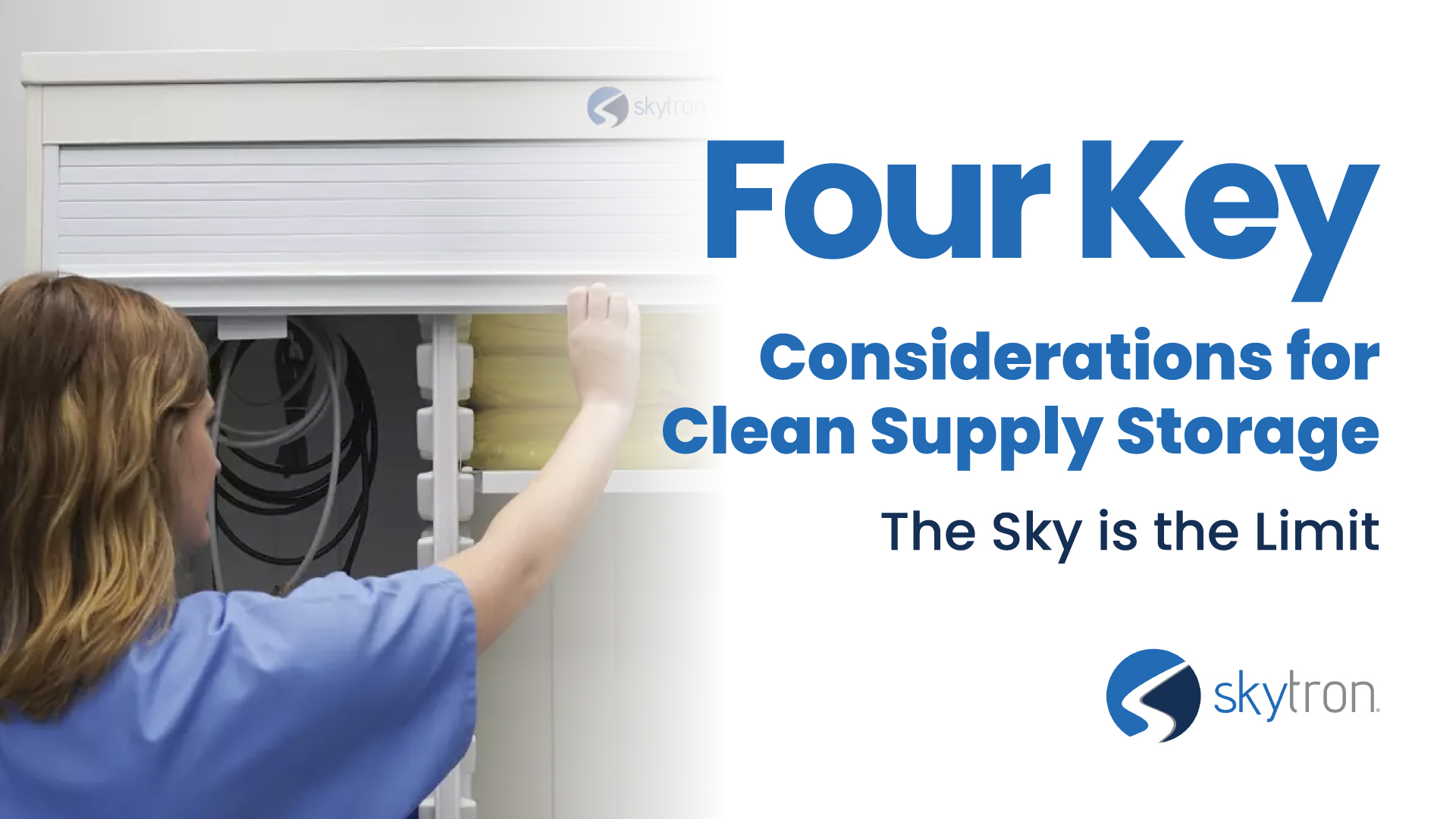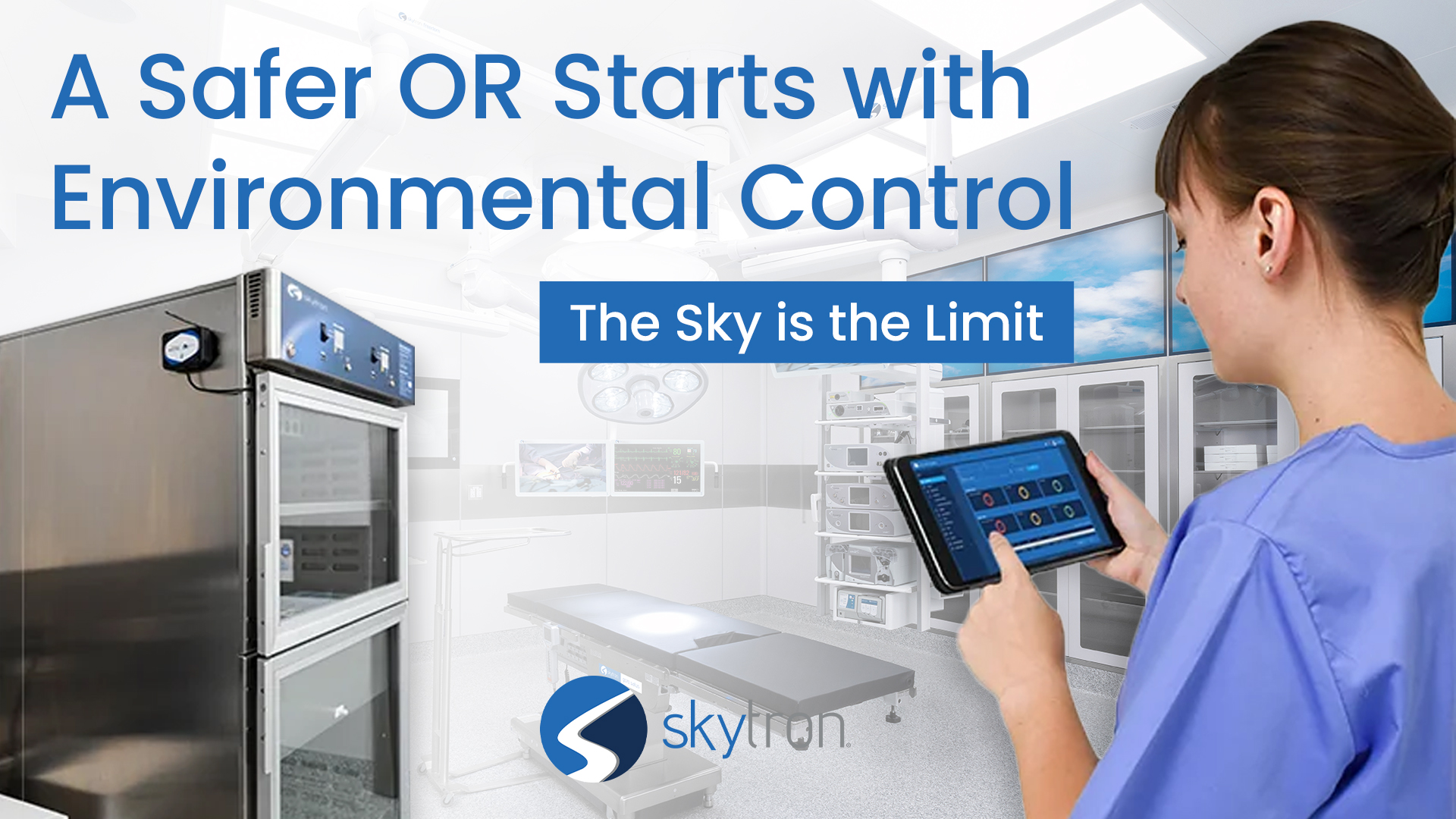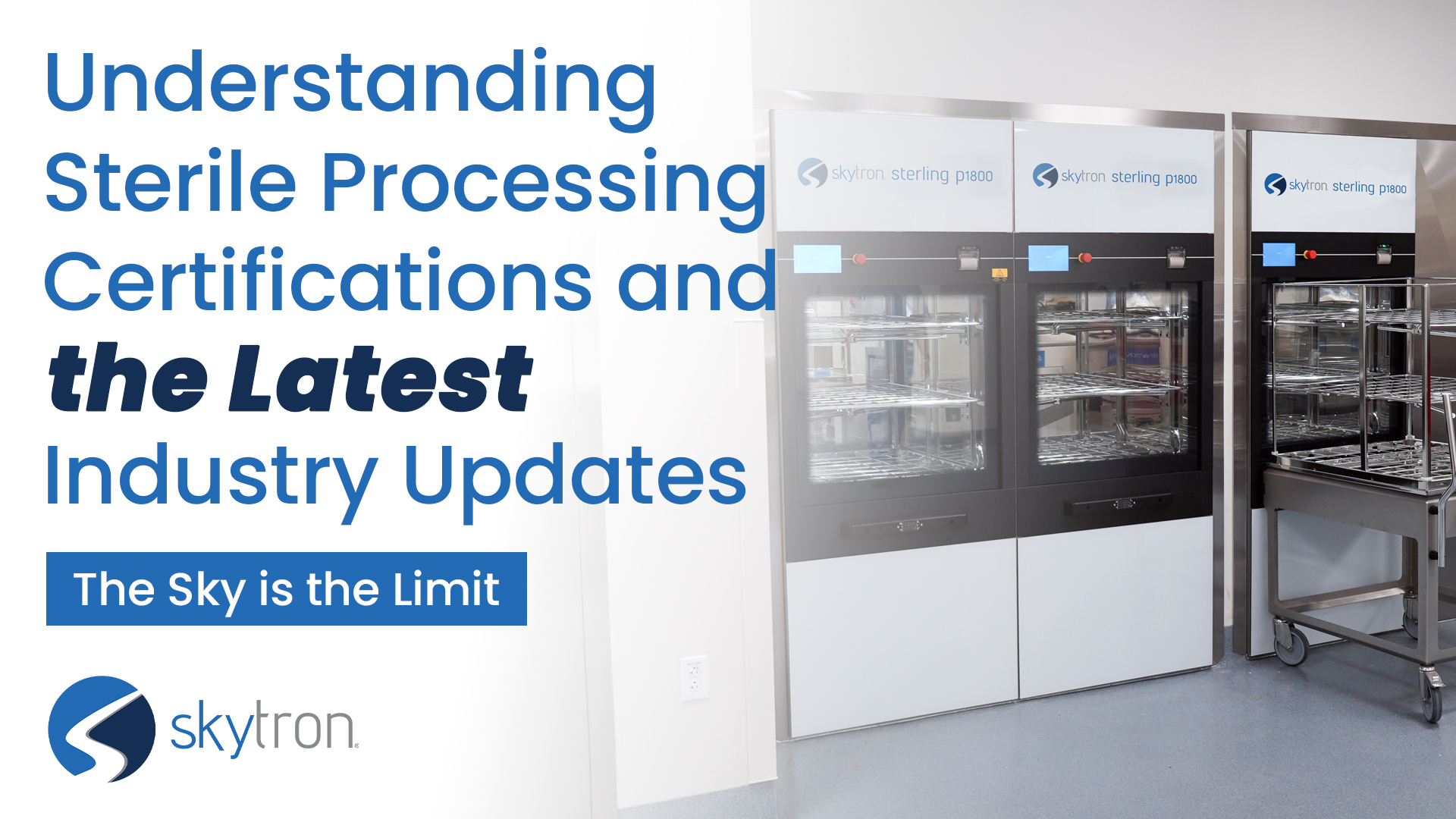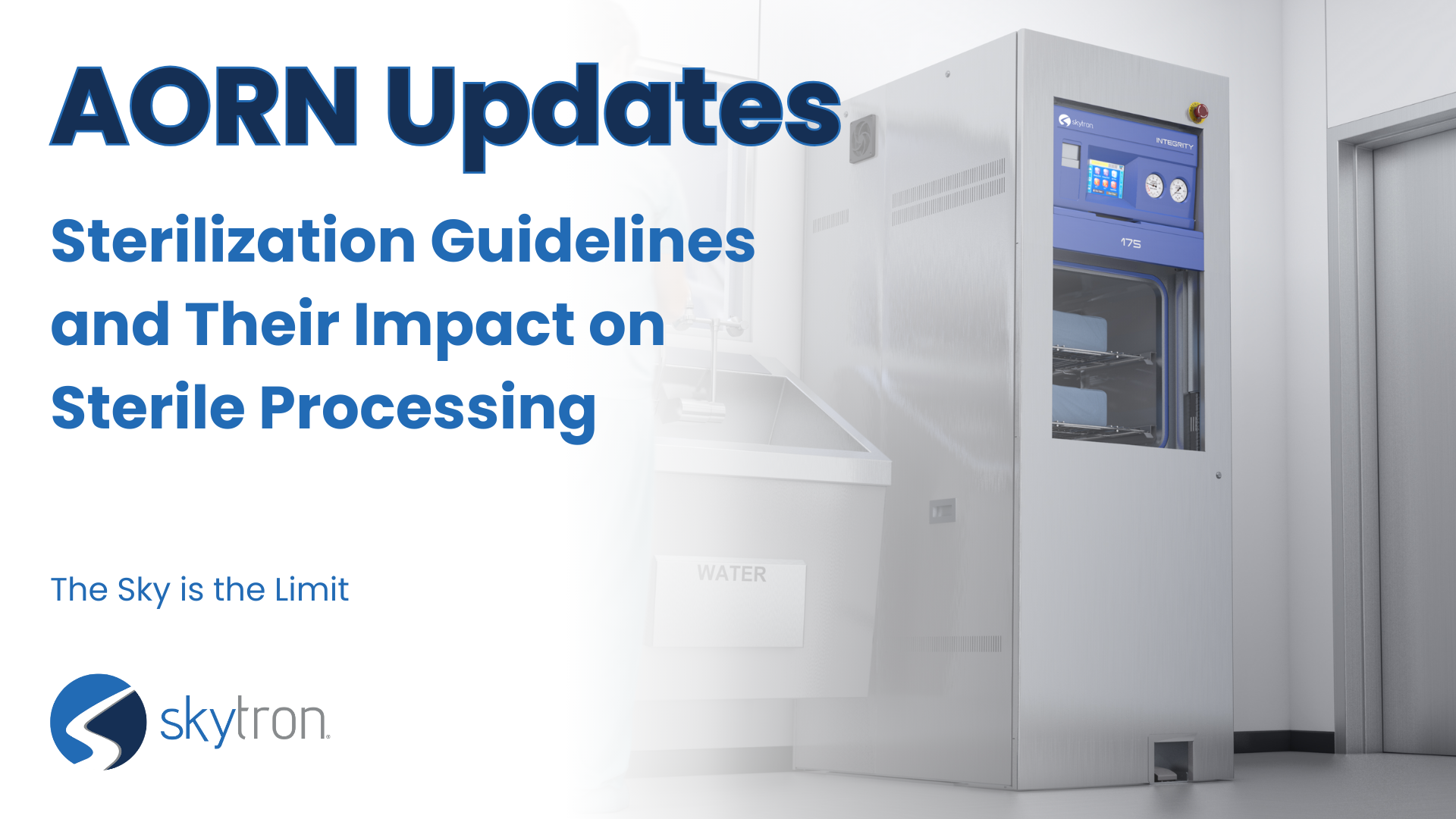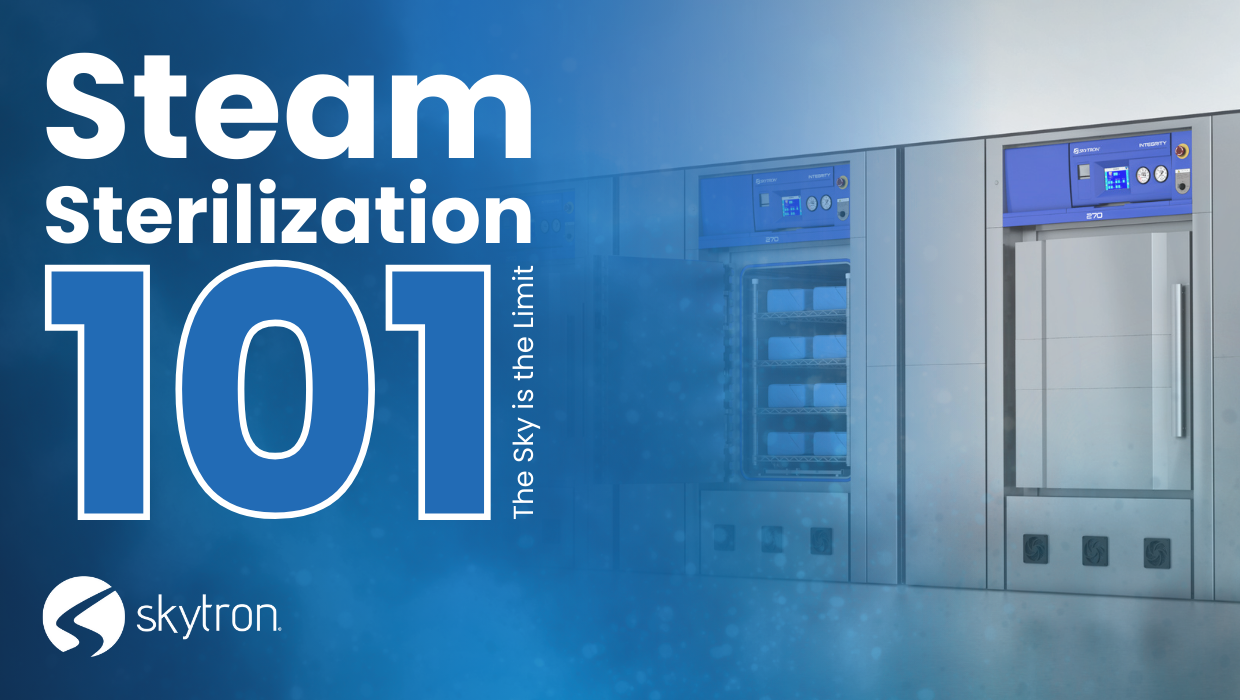
-
Written ByRebecca Kinney
-
PublishedFebruary 3, 2025
Starting a new role in sterile processing can feel overwhelming. The sheer volume of equipment required for effective sterilization is daunting, and when you add in complex instrumentation, various surgical devices, and the stress of managing team dynamics, it’s easy to overlook foundational knowledge.
The basics of steam sterilization, covered during certifications like the Certified Registered Central Service Technician (CRCST) or Certified Sterile Processing Department Technician (CSPDT, also known as CBSPD), are often treated as memorization exercises rather than opportunities to truly understand the process.
In this edition of “The Sky is the Limit,” we will revisit the fundamentals of steam sterilization and explore its definition, types, effectiveness measurements, and common process failures. This overview is designed for those who may have skimmed this part of their studies and rely heavily on sterilizer presets without fully grasping the underlying principles.
Understanding Steam Sterilization
The basic principle of steam sterilization, accomplished in an autoclave, is to expose each item to direct steam contact at the required temperature and pressure for the specified time.
Steam sterilization, or autoclaving, is a process that employs saturated steam under pressure to achieve sterilization. The high temperature and moisture penetrate materials, effectively destroying microorganisms, including bacteria, viruses, fungi, and spores.
The key components of steam sterilization include:
- Temperature: 270°F (132°C).
- Pressure: Required to maintain steam in a gaseous state and ensure effective heat transfer.
- Time: Exposure duration depends on the load type and cycle parameters.
For a comprehensive guide on the principles of steam sterilization, you can refer to this resource: Principles of Steam Sterilization.
According to the CDC:
Of all the methods available for sterilization, moist heat in the form of saturated steam under pressure is the most widely used and the most dependable. Steam sterilization is nontoxic, inexpensive, rapidly microbicidal, sporicidal, and rapidly heats and penetrates wraps (referred to as fabrics in the definition).
Types of Steam Sterilization Cycles
The choice of cycle depends on the type of materials and the level of sterilization required as outlined in manufacturer Instructions For Use (IFUs):
- 1. Gravity Displacement: Utilizes steam’s natural convection to replace air in the chamber. Ideal for non-porous items.
- 2. Pre-Vacuum (Dynamic Air Removal): Removes air from the chamber before steam is introduced, making it effective for porous and lumened items.
Skytron’s Integrity line of sterilizers supports these cycles, providing flexibility and adaptability to meet diverse healthcare needs.
Monitoring Sterilization Processes
Ensuring the effectiveness of each sterilization cycle is critical. Recommended monitoring practices include:
- Physical Indicators: Observing temperature, pressure, and time data on sterilizer displays.
- Chemical Indicators: Using color-changing strips or labels that react to specific sterilization conditions.
- Biological Indicators: Incorporating spore tests to confirm the elimination of highly resistant microorganisms.
Our sterilizers incorporate advanced monitoring features, simplifying compliance with regulatory standards and ensuring reliable sterilization outcomes.
Addressing Sterilization Failures
Occasionally, sterilization cycles may fail due to mechanical issues, operator error, or improper loading. Common causes include:
- Insufficient Steam Quality: Poor steam generation or presence of air pockets.
- Improper Loading: Overloading or incorrect placement of instruments.
- Inadequate Maintenance: Lack of regular sterilizer servicing or cleaning.
Our product line is designed to mitigate these risks with user-friendly features like large progress indicators, preset cycles, and automated processes that reduce manual errors.
Skytron Integrity: Designed for Excellence
Skytron’s Integrity steam sterilizers combine cutting-edge technology with practical design to elevate sterile processing workflows. Here’s how:
- Easy to Operate: Features like electric power doors and a large countdown timer with a progress bar simplify operations and enhance user confidence.
- Broad Capacities: Models range from compact Integrity 175 units for small spaces to Integrity 270 units capable of processing 16 trays or 400 pounds per cycle.
- Space Efficiency: With a streamlined footprint and plug-and-play installation, Integrity sterilizers are perfect for facilities with limited space or those upgrading outdated systems.
Breadth and Versatility in Sterilization
Whether outfitting a new facility, renovating an older one, or replacing aging equipment, we can provide unmatched flexibility and performance. From meeting diverse capacity needs to ensuring compliance through advanced monitoring, these sterilizers are a trusted partner in healthcare environments.
We hope this information was a mini refresher course for you on the basics of steam sterilization and it was useful for veteran and new technicians alike. To learn more about our sterile processing portfolio explore our sterile processing solutions.
References:
1. Steam Sterilization | CDC.gov
2. Steam Sterilization Principles | Marcel Dion and Wayne Parker
3. Moist Heat Sterilization: Myths and Realities | J. Akers, J. Agalloco and R. Madsen



